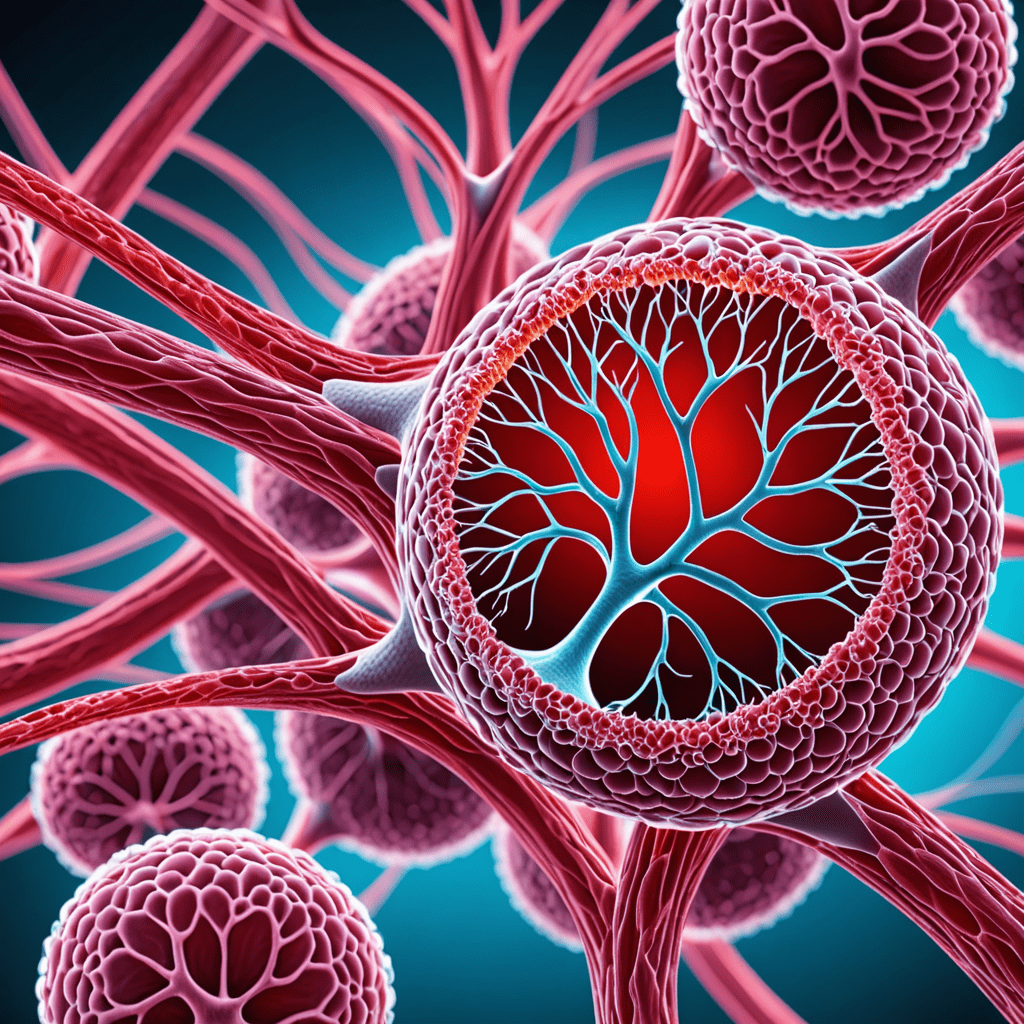
The Power of Nanotechnology in Biomedical Imaging
Nanotechnology has revolutionized the field of biomedical imaging by enabling advanced diagnostic techniques that were once unimaginable. By manipulating materials at the nanoscale, scientists have developed innovative tools and technologies that have significantly enhanced the accuracy and precision of medical diagnostics.
Nanoscale Imaging Agents for Enhanced Diagnostic Accuracy
One key application of nanotechnology in biomedical imaging is the development of nanoscale imaging agents. These tiny particles can be engineered to target specific cells or tissues, allowing for highly targeted imaging of areas of interest. By enhancing contrast and sensitivity, nanoscale imaging agents enable healthcare professionals to detect diseases at earlier stages and with greater accuracy.
Improved Resolution with Nanoparticles
Nanoparticles have the unique ability to interact with biological systems at the molecular level, offering unmatched resolution in diagnostic imaging. Through the use of nanoparticles, researchers can visualize cellular structures and processes with unprecedented clarity, providing valuable insights into the mechanisms of disease.
Enhancing Functional Imaging with Nanotechnology
Functional imaging techniques, such as MRI and PET scans, have been greatly enhanced by the integration of nanotechnology. Nanoparticles can be designed to carry contrast agents or biomarkers that enable visualization of specific biological functions in real-time. This capability not only improves diagnostic accuracy but also allows for monitoring of treatment responses and disease progression.
Nanotechnology for Personalized Medicine
By leveraging nanotechnology in biomedical imaging, medical professionals can customize diagnostic and treatment approaches to individual patients. Nanoparticles can be tailored to deliver therapeutics directly to diseased tissues or cells, maximizing effectiveness while minimizing side effects. This personalized approach holds great promise for improving patient outcomes and quality of life.
Challenges and Future Directions
Despite the remarkable advancements in nanotechnology for biomedical imaging, there are challenges that need to be addressed, such as nanoparticle toxicity and regulatory approval. Moving forward, researchers are exploring new avenues, such as multifunctional nanoparticles and theranostic nanosystems, to further enhance the capabilities of diagnostic imaging techniques.
Conclusion
In conclusion, nanotechnology has transformed the landscape of biomedical imaging, offering unprecedented opportunities for advanced diagnostic techniques. By harnessing the power of nanoscale materials, researchers and healthcare professionals are pushing the boundaries of medical imaging to improve early detection, treatment monitoring, and personalized medicine.
FAQs about Nanotechnology in Biomedical Imaging
What is Nanotechnology in Biomedical Imaging?
Nanotechnology in biomedical imaging involves the use of tiny particles at the nanoscale level to enhance diagnostic techniques in healthcare.
How does Nanotechnology Improve Diagnostic Techniques?
Nanotechnology allows for the development of highly sensitive imaging agents that can detect diseases at an early stage, providing detailed insights into cellular processes.
What are Some Advanced Diagnostic Techniques Enabled by Nanotechnology?
Advanced techniques like nanoparticle-based contrast agents, quantum dots, and molecular imaging have revolutionized the field by offering precise and real-time imaging of biological structures.
Are Nanotechnology-Based Imaging Techniques Safe for Patients?
Extensive research and stringent regulations ensure the safety of nanotechnology-based imaging techniques, with minimal risk to patients while providing valuable diagnostic information.


